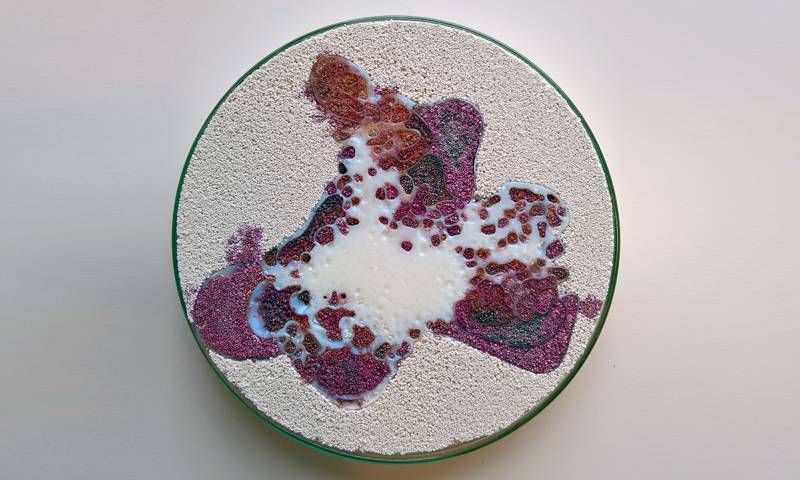Richard Beckett | PhD Thesis | Bioaugmented Design: Designing the Indoor Environment

Research
Subject
Bioaugmented Design: Designing the Indoor Environment
First and second supervisors
Abstract
A fundamental shift within the medical field is now occurring based on a newly acquired understanding of the beneficial role that microbes play in the body. The hygiene hypothesis and old friend’s theory describe how normal immune function is dependent on exposure to a rich microbial diversity especially during the early years of life, and we are now approaching the ability to cultivate benign microbes in the body.
By analogy, microbes can have similar, beneficial roles to play within buildings yet a similar shift in architecture has not occurred. Current building design is still driven by environmental approaches based on a cultural fear of microbes and a modernist preference for pseudo sterility. The acceptance of germ theory in the early part of the 20th century and an obsession for cleanliness led to design strategies to prevent any presence of microbes from our indoor environments. The later shift towards “mechanised hygiene” and well-tempered environments have led to urban environments today that exhibit significantly lower microbial diversity than that found in rural environments and is in part related to the increased occurrence of autoimmune related illness observed in developed cities.
This research aims to contribute to a necessary body of work to find or invent niches in buildings where healthful microbial metabolism might occur and/or might be cultivated. It explores the notion of a probiotic architecture, buildings inoculated with and growing beneficial microorganisms; essentially to create living walls, ceilings, floors, furniture and components that can contribute to the health and healthfulness of buildings. The work will explore through design, how building materials themselves can become a store and source of diverse beneficial microbial communities available for transfer between buildings and occupants. By using principles of bioreceptivity, materials will be designed with the preferred physical and chemical properties to support and proliferate the growth of benign microbial communities and tested in order to determine potential niches for microbial cultivation in buildings.
Biography
Richard Beckett is a lecturer and Director of BiotA Lab at the Bartlett / UCL currently working on an EPSRC funded project “Computational Seeding of Bioreceptive Materials”. He has a multidisciplinary background initially studying biochemistry and working in R&D for Glaxosmithkline as a material scientist before going on to study and teach architecture at UCL. His investigations in to architecture have remained cross-disciplinary focusing on the contemporary discussion on digital architecture and novel fabrication alongside the impact of biotechnology on architecture and more specifically, investigations into the use of living or semi-living materials in our built environment. This background acquires him with a cutting edge expertise in the field of computational data production, 3D printing and digital manufacturing as a material and technical innovator. He co-founded design/fabrication consultancy Arch-T in 2013 working at a range of scales and industries from architecture to fashion including their recent design collaboration as material designers, developing novel 3D printed fabrics with Pringle of Scotland 2014-2015 which has gained international acclaim.
 Close
Close

